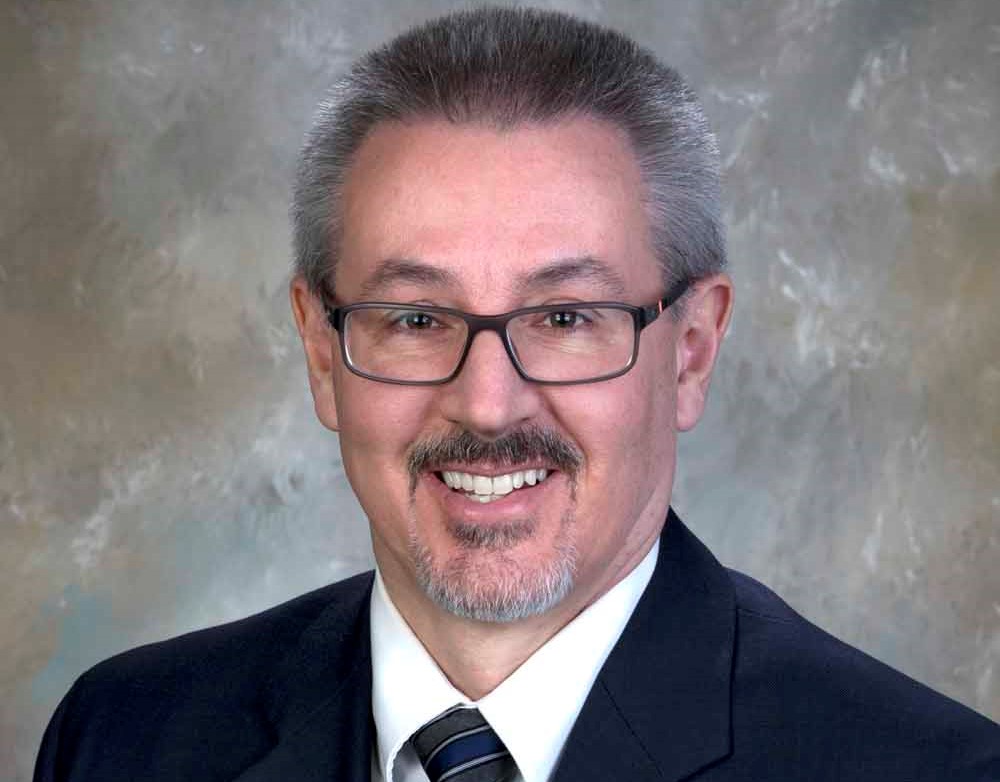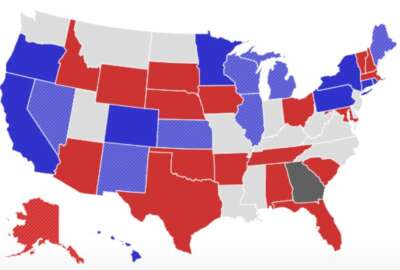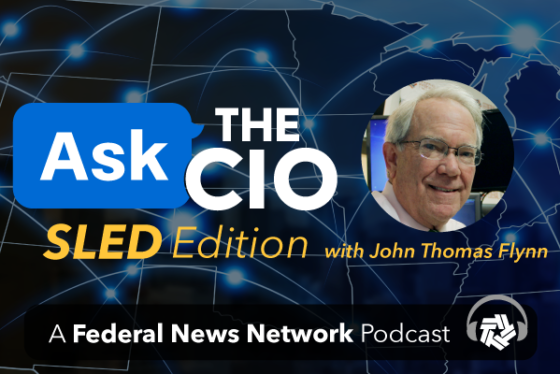
Pennsylvania’s CIO manages IT with a coach’s eye
Pennsylvania state CIO John MacMillan oversees 1,500 staff and 150 IT projects. This year his office will focus on enterprise digital transformation and a new...
Like many of his state chief information officer peers, Pennsylvania’s John MacMillan brings a unique background to his role. The Canadian native and former IT employee with the Canadian Solicitor General and Department of Defense spent a decade with IBM, became a US citizen and was eventually appointed by Gov. Tom Wolf almost exactly four years ago.
Perhaps not surprisingly, he brought his lifelong love of hockey across the border.
“What I like most about the game is that it’s not really about the game. It’s not about the rules. It’s about the people in the game, those folks that are ready to get on the ice and give everything they have in a team oriented outcome,” he said on Ask the CIO: SLED Edition.

Hockey is one of the few sports which allows live substitutions, so change is constant — which MacMillan said was a great metaphor for what is happening inside the state’s CIO office, “because everybody has to get on the same page.”
As past guest Doug Robinson, executive director of the National Association of State CIOs (NASCIO), noted, all state CIOs are gubernatorial appointees. However, the ever evolving CIO governance model at the state level can be broken down into two broad categories based on the state’s organization chart.
He or she is either a cabinet member who reports to the governor, or an IT department director answering to a cabinet official — usually but not exclusively a secretary of administration or similar office.
Consolidation reduces budget demand by $83 million
MacMillan falls into the latter category, overseeing OA-Information Technology (OIT) within the Office of Administration. OIT has a 1,500-person IT staff following a significant consolidation of HR and IT resources that he helped lead in 2017 along with his then-boss, Secretary of Administration Sharon Minnich.
“So we launched this initiative that we call shared services. Lots of other states have done this, we had tried it in various forms in the past and been reasonably successful with it,” MacMillan said. “But one of the things that we really wanted to accomplish this time, going back to a hockey analogy, is put all the players on the same team.”
However, it was critical that such a consolidation consider the skill set of the individuals involved. MacMillan said any reshuffling should ensure people are matched with similar roles, or as was the case here, “get them on the right line with the right skills in the in the right area, so that when demand in the game shifts, you can get the right players dealing with the demand.”
Something must have worked, because over the last two years alone the consolidation has reduced the demand for more money by about $83 million.
Related Stories

After election, new NASCIO president has advice for lame duck state CIOs

New governors likely spell major changes among state CIO ranks
MacMillan’s office oversees 150 active projects, with the largest ones related to modernization efforts.
“We’re working with a number of suppliers to modernize our statewide set of telecommunication services, whether that’s core network, cyber security connections to our facilities, or telephone services, we’re really focused on this and we hope to have this one finished later this calendar year,” he said.
He also listed four other major modernization efforts: Benefits for unemployment compensation, a corrections and parole repository, motor vehicle and driver’s licensing systems, and a tax collection processing system.
Instituting enterprise digital transformation
Looking ahead, MacMillan said that he believes there’s significant opportunity to change the way online services are delivered and consumed by citizens. Digital transformation will be the focus.
He thought that over the last 60 years they have built systems partially based on the technology that was available to serve the needs of a programs area, as well as the citizens who consume those programs and services.
“Now we’re going to step back and look at this in a more holistic way. And so this digital transformation that we’re about to get started on we think will take a number of years to make happen,” he said. “And in the next few months, we’re going to produce a public facing view of some of the goals that we want to accomplish in this space and do a more effective job, in an online retailer experience sort of way.”
Latest Technology News
“Continuing to focus on teamwork, I’m going to focus on getting everybody on the same page, having an outstanding playbook that’s simple, easy to understand and drives the right outcome while making citizens’ lives better,” he said.
As in hockey, MacMillan called this a kind of “strategic plan, when people can anticipate what their role is, given these processes and procedures and were able to anticipate each other’s moves. Now we start to generate momentum, we can accelerate outcomes.”
MacMillan’s IT-as-hockey philosophy runs deep. It even incorporates Gritty, the famous — or infamous, depending on who you ask — Philadelphia Flyers mascot.
“Just his name, Gritty, says enough about the way we need to think as IT professionals, to go to what I’m going to call the dirty spots on the ice to get in front of the net, and speaking metaphorically, to do what needs to be done to score those dirty goals,” he said.
Copyright © 2025 Federal News Network. All rights reserved. This website is not intended for users located within the European Economic Area.







